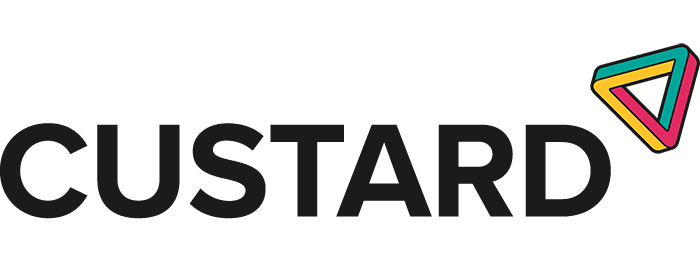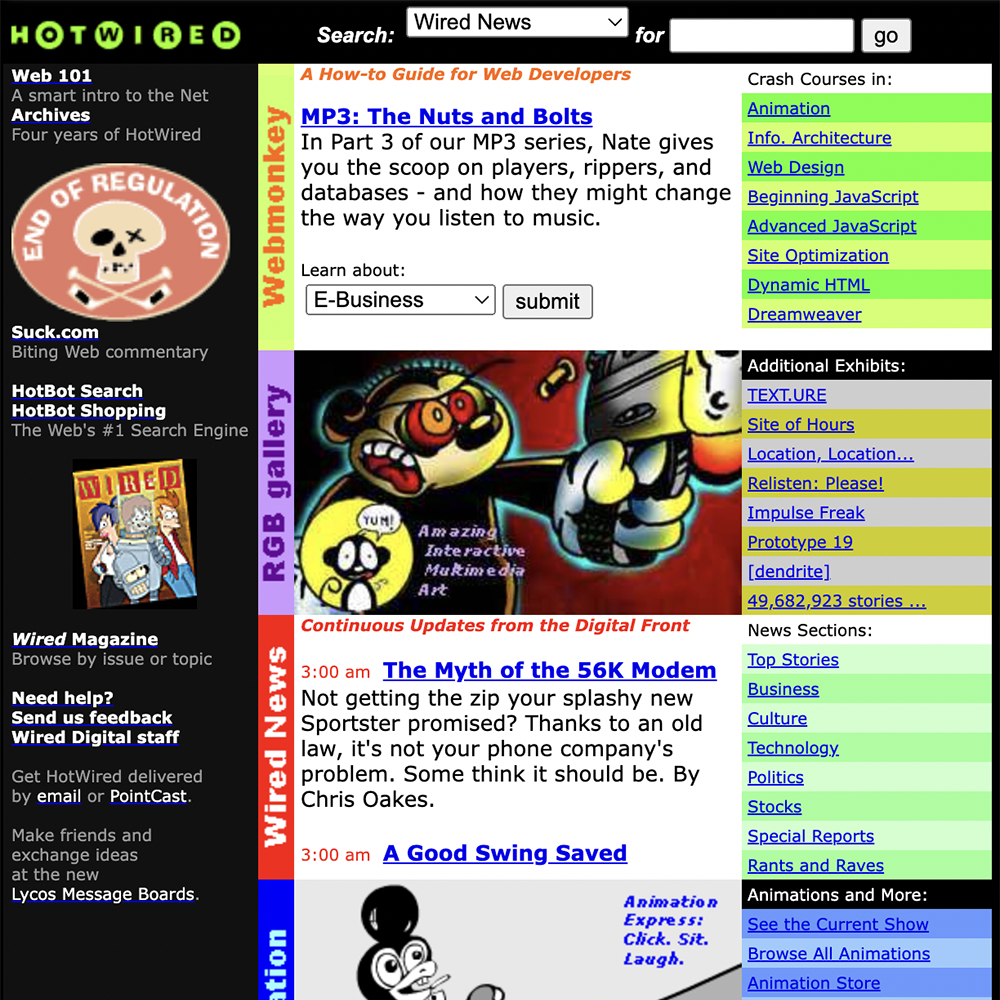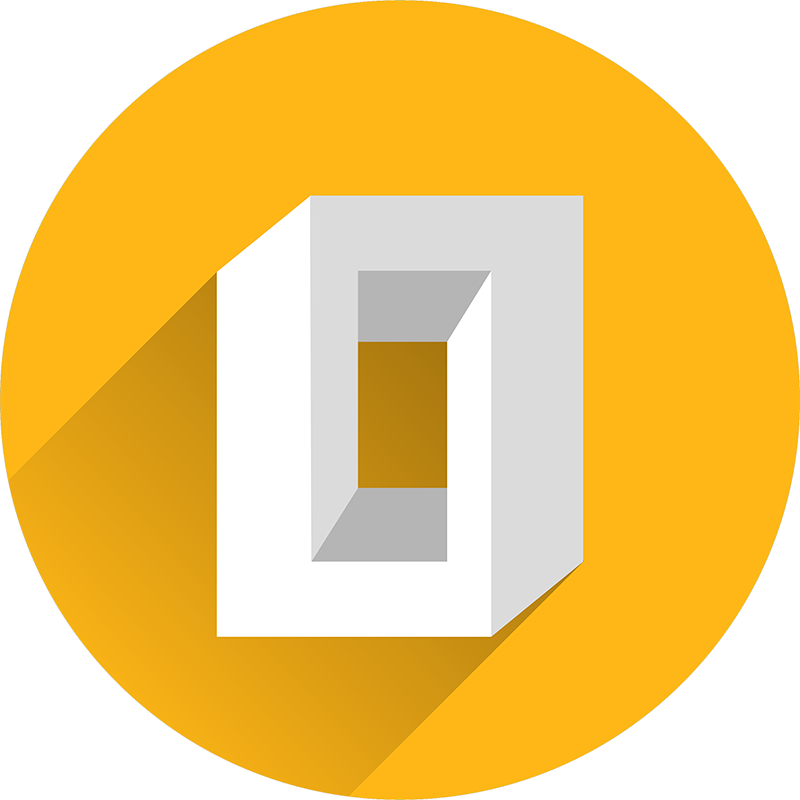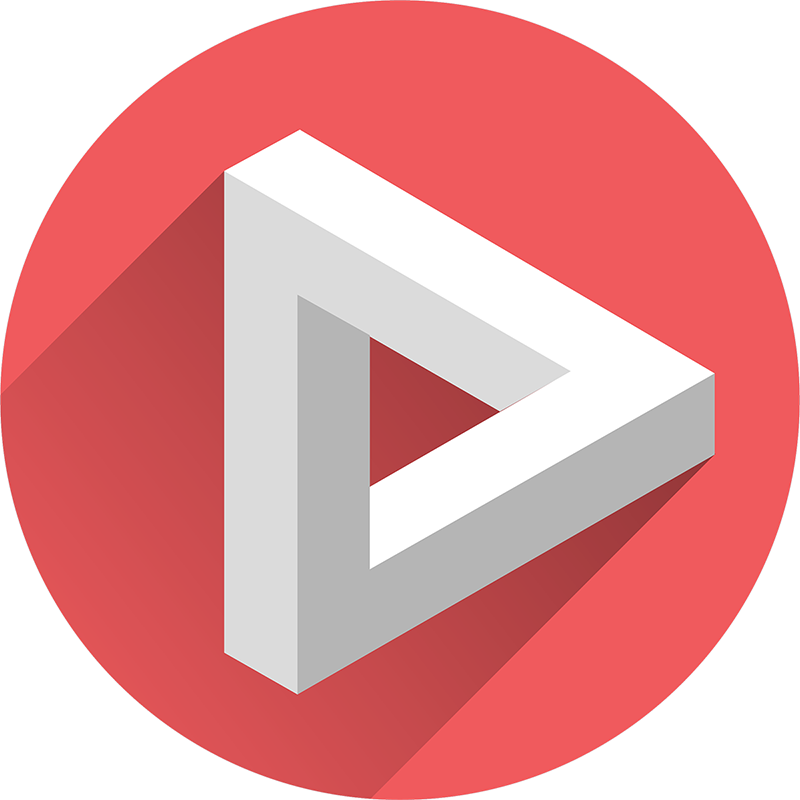
Search engine optimisation (SEO), like any specialised industry, uses esoteric terms that can be tricky to decipher. Our SEO terms glossary cuts through the jargon with concise definitions, practical examples, and airtight abbreviations to explain all things SEO.
A
Alt tag
Inserted within the image tag in HTML, alt tags specify alternate text for an image. Using keywords in your alt tag can help you optimise them for Google’s image search service.
Anchor text
The clickable text in a hyperlink. When optimising, it’s best to use natural language in the anchor text and avoid keyword saturation when linking to other sites.
B
Backlink
A backlink – or inbound link – is created when one website links to another. They’re crucial to SEO as they represent a vote of confidence from one site to another, reinforcing the linked site’s authority.
Bounce rate
A metric indicating the percentage of users who enter your site and leave before visiting additional pages. Generally, the lower your bounce rate, the better. Many factors cause high bounce rates (e.g. >70%), such as slow loading speeds, subpar site design, and low-quality content.
Broken link (Dead link)
Links that do not work. Often caused by incorrect URLs and deleted or renamed pages, broken links can reduce your search engine rankings as they stop crawlers from indexing your website.
C
Call to action (CTA)
A trigger (usually a clickable button) designed to prompt an immediate response from a website user. Persuasive command words, such as Buy, Register, Call, or Sign Up, are common CTAs.
Having a clear CTA on your landing page will help your visitors determine their next step, increasing time-on-site and reducing bounce rates.
Canonical URL
A technical SEO solution for duplicate content. For instance, you might have a product or post filed under two categories and exists under two URLs, such as:
- https://checkthisexample.co.uk/blue-suede-shoes/black-and-blue-suede-shoes/
- https://checkthisexample.co.uk/black-suede-shoes/black-and-blue-suede-shoes/
If these URLs are both for the same product, selecting one as the canonical URL tells search engines which one to display in the search results.
Canonical URLs are identifiable in the source of a webpage – search for rel= “canonical”. It is a tag only search engines see, so it won’t affect your users.
Competitor analysis
Evaluating those who rank for the same keywords as you or belong to the same niche. Analysing the competition provides tactical insight, allowing you to prioritise specific areas of focus.
Content Gap Analyses are essential in this endeavour. By identifying the topics and keywords your site doesn’t cover, you’ll bolster your keyword reach, leading to increased traffic and conversions.
Content
The information on a website, including text, images, videos, and animations. As one of the three main pillars of SEO (the others being tech and outreach), content is the lifeblood of a website and contributes to both traffic rates and conversion.
Conversion
Conversions refer to any desired action you want visitors to your website to take. The primary type in online marketing is converting a visitor to your website into a customer. Other conversion types include website sign-ups, e-book downloads, and CTA interaction.
Conversion rate
The number of conversions divided by the total number of visitors to your website. For example, if your site received 1000 visitors and recorded 100 sales in a month, the conversion rate would be 10%.
Cornerstone content
The most valuable content on your website. Cornerstone content comprises your site’s essential articles and posts; the pages you want to rank highest in search engine results. Cornerstone articles are typically long-form pieces covering all aspects of a given topic – their primary focus being a comprehensive view while product sales are secondary.
D
De-indexing
The process of removing a webpage from Google’s index, concealing it from the search engine results. De-indexing is useful for pages that serve a purpose, but do not rank, such as login and thank you pages. To de-index a page, set the value of the HTML robot meta tag to “noindex”.
Direct traffic
The number of visits to your site where the visitor typed in your exact web address (URL).
Disavow
Not all backlinks are beneficial, and links from untrusted or unrelated sites can negatively affect your SEO. Google’s Disavow tool enables you to notify Google of any backlinks you don’t want them to consider when ranking your page.
E
Expertise-Authority-Trust (E-A-T)
Three components comprise Google’s page quality metric: Expertise, Authority, and Trust. These factors can influence your ranking, but how can you improve your E-A-T score? Try the following:
- Ensure your site contains valuable, fresh content that is regularly updated
- Make your website is user-friendly and intuitive
- Build a positive online reputation
- Provide transparent information about your company and its content authors
F
Featured snippet
A text excerpt that appears at the top of Google’s search results to immediately answer a search query. Common featured snippet types include definitions, tables, and lists.
Featured snippets influence SEO in two ways:
- They provide an opportunity to attract more clicks from organic search results.
- Their Position #0 SERP placement is likely to increase user engagement with the featured snippet.
G
Geotargeting
A method of advertising that targets consumers based on their geographical location and behaviour.
The most popular search engine on the planet, with a market share of 92.17% and growing. Google has a plethora of extra services, too, many of which are invaluable SEO tools:
- Google+
- Google Alerts
- Google Analytics
- Google Keyword Planner
- Google Maps
- Google Mobile-Friendly Test
- Google My Business
- Google PageSpeed Insights
- Google Search Console
- Google Trends
- Google Webmaster Tools
- YouTube
Google Keyword Planner
A bespoke keyword research tool within Google Ads. Use it to generate keyword ideas based on words, phrases, or a URL related to your business. Alternatively, enter your existing keyword to gather crucial data, such as average search volume or expected impressions. You can also set the parameters for each query, which allows you to analyse data at the granular level.
Google Penalty
The negative impact on a website’s search rankings triggered by breaching Google’s guidelines. Penalties are typically issued as a result of a manual review or algorithm update.
Google penalties can reduce the rank of a specific keyword, webpage, or an entire site. A ranking drop will likely result in a significant reduction in traffic to your site.
H
Homepage
The introductory page of a website that typically serves as a table of contents.
I
Image sitemap
An XML (Extensible Markup Language) file containing all the images you would like crawled and indexed on your website. This can be a standalone file or added to the existing XML sitemap.
Impression
The number of times any URL from your website appears in the search results viewed by a user. Note, these do not include paid Google Ads search impressions.
Index
Google’s master database that contains all of the Internet’s crawlable data. If a website is not included in the index, it will not appear in the search engine results. You can check if and to what extent your website is indexed by checking the URL in Google’s Search Console – the results are your site’s indexed pages.
Infographic
A method of presenting information visually for quick and easy reading. Compared to traditional articles, infographics are shared more, take less time to create, and often earn more natural links.
K
Key performance indicator (KPI)
A predefined metric to measure your team’s performance toward reaching a business objective. Common SEO KPIs include monthly organic traffic, keywords in the top 3 SERPs, retention rate, and many more.
Keyword
Words or phrases that users type into a search engine to find a website with matching content. Effective keyword optimisation allows spiders to categorise your site and display it in the relevant SERPS.
L
Landing page
A standalone webpage created for marketing or advertising purposes.
Unlike regular webpages that encourage exploration, landing pages pinpoint a single focus in the form of a call to action (CTA). This focus makes landing pages particularly useful for increasing conversion rates and reducing the costs of acquiring a lead or sale.
Long-tail keyword
A highly specific keyword or phrase that a user enters into a search engine. Long-tail keywords (LTK) attract less search traffic but will usually have a higher conversion value that short-tail keywords (STK), as they are more specific.
Example:
- LTK – Men’s blue suede shoes size 9
- STK – Men’s Shoes
M
Metadata
Appearing in the search engine result pages (SERPs) when a user inputs a query, metadata provides concise information on a website. The essential metadata tags are the title, description, and robots.
Metric
A unit of measurement used to track a website’s performance. Important SEO metrics include organic traffic, keyword rank, bounce rates, page load speed, and many more.
Mirror site
A complete replica of a website, mirror sites reduce network traffic or improve the original site’s usability. They also increase the speed that users can access files and websites. For example, if a busy Manchester SEO firm creates a mirror site in New York, North America users have quicker access to the mirror site than the original.
N
Nofollow link
Links contain a HTML tag (rel=”nofollow”) that informs search engines to ignore the link. As a result, nofollow links do not influence search engine rankings because Google doesn’t crawl them.
O
Off-page SEO
Off-site activities focused on generating demand and brand awareness. Common off-page SEO tactics include link building and various marketing strategies such as email, content, influencer, and social media.
On-page SEO
On-site activities designed to increase traffic and conversions. A typical on-page SEO strategy comprises high-quality content, optimised HTML code, information architecture, and smooth website navigation.
P
PageRank (PR)
A system for ranking webpages, which gives each page a relative score of authority based on the quality and quantity of its links.
R
Referral traffic
Visits to your site from direct links on other websites, as opposed to a search engine. Pay-per-click (PPC) ads are also a form of referral traffic.
Rich snippet
Typical Google search results with additional data displayed – the extra data is extracted from Structured Data found in a page’s HTML. Common Rich Snippet types include events, recipes, and reviews. Most Google search results display the same three pieces of data: the title tag, meta description, and URL.
The extra data included in a Rich Snippet makes it more eye-catching, leading to a higher organic click-through rate (CTR).
S
Search engine
Internet software designed to search the web systematically for information specified in a query. Google is the world’s most popular search engine, with a 92.17% market share that averages 70,000 queries per second.
Search Engine Optimisation (SEO)
The practise of making your website visible through organic (non-paid) search results.
How does SEO work?
Search engines such as Google and Bing use bots to crawl websites, collecting information about those pages and indexing them. Algorithms then analyse the indexed pages by evaluating hundreds of ranking factors, before determining the search results for a particular query.
T
Thin content
Low-quality content that has little or no value to the user, and occasionally violates Google’s webmaster guidelines. Doorway pages, subpar affiliate content, and scraped content are classified as thin content by Google.
V
Viral content
Content that gains widespread popularity in a short timeframe. Commonly spreading through social media likes and shares, viral content also disseminates on news websites, search engines, and email newsletters.
Visit
When a user visits your website and interacts with it. A visit counts all sessions separately unless the time between visits is less than 30 minutes.
W
Webpage
A single HTML document that can connect to the Internet and be read by a browser.
Website
A set of webpages that share the same domain name.
Y
YouTube
The world’s leading video sharing service with more than 2 billion users. It’s also the second most used search engine worldwide, after Google.





